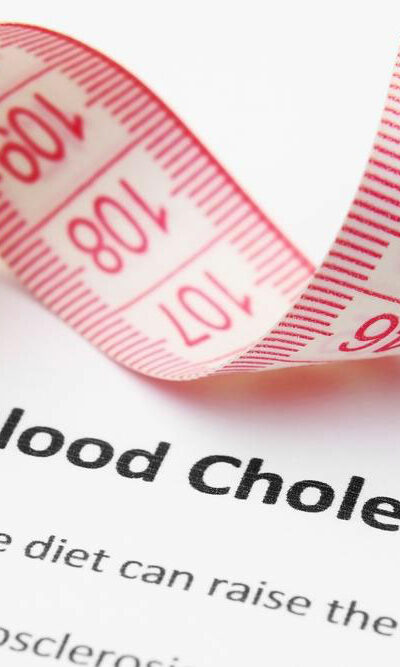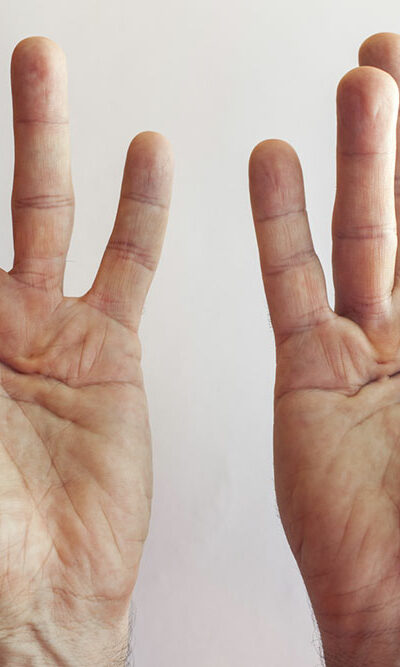
Hyperthyroidism vs. Hypothyroidism – Symptoms and Causes
The thyroid is one of the most important glands in the body. It is shaped like a butterfly and is located in the front of the neck, just below the thyroid gland, around the windpipe. The isthmus—a bridge of tissues—joins the two thyroid lobes on each side. The thyroid gland helps regulate several metabolic processes throughout the body. When there are certain discrepancies noted in the functioning of this gland, it could cause either hyperthyroidism or hypothyroidism and so on. Symptoms of thyroid problems are often very distinctly noticed in the human body. The different types of thyroid problems affect either the gland’s functioning or its structure as a whole. The thyroid gland produces four important hormones to regulate the metabolism of the body. Of these four, thyroxine is the primary hormone produced by the thyroid gland; it is also known as T4. After its delivery to the tissues via the bloodstream, a tiny portion of the thyroxine released by the gland is converted into triiodothyronine, the most active hormone produced by the thyroid. It is also known as T3. Iodine is mainly used by the thyroid gland to produce these vital hormones. The functionality of the thyroid gland is controlled and regulated by a mechanism involving feedback received by the brain. When thyroid hormone levels are low, the hypothalamus in the brain produces thyrotropin-releasing hormone (TRH). The release of this hormone causes the pituitary gland to release thyroid stimulating hormone (TSH). The TSH causes the thyroid gland to release more thyroxin. Disruptions in the hypothalamus and pituitary gland can affect the functionality of the thyroid gland and cause several thyroid-related problems. Mentioned below are some of the types of thyroid problems and their symptoms. Hypothyroidism This condition is categorized with the thyroid gland producing lesser quantities of its primary hormones.










